Mustapha
Senior Member
Hi everyone. Goldie asked me to post this picture. I know that the pair at the top have been seen before; but I'm pretty sure that the bottom pair haven't been.



thanks for the ID, Mustapha--i wasn't aware of the back story here....

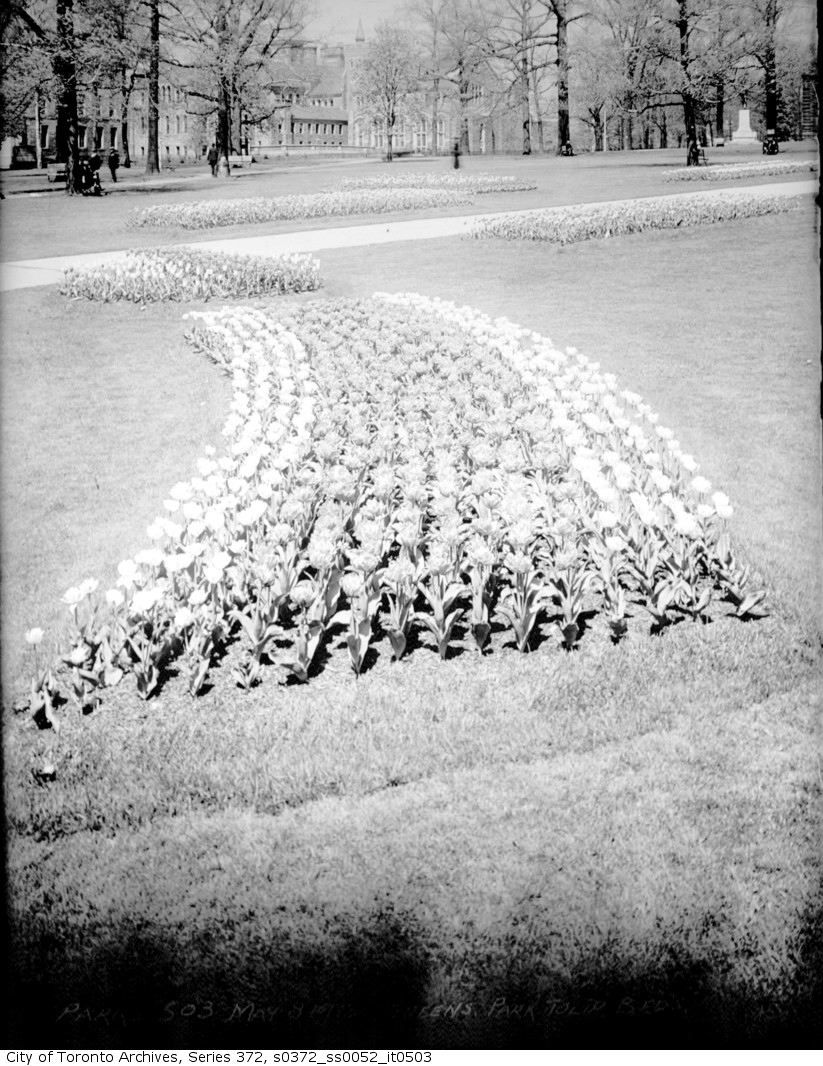
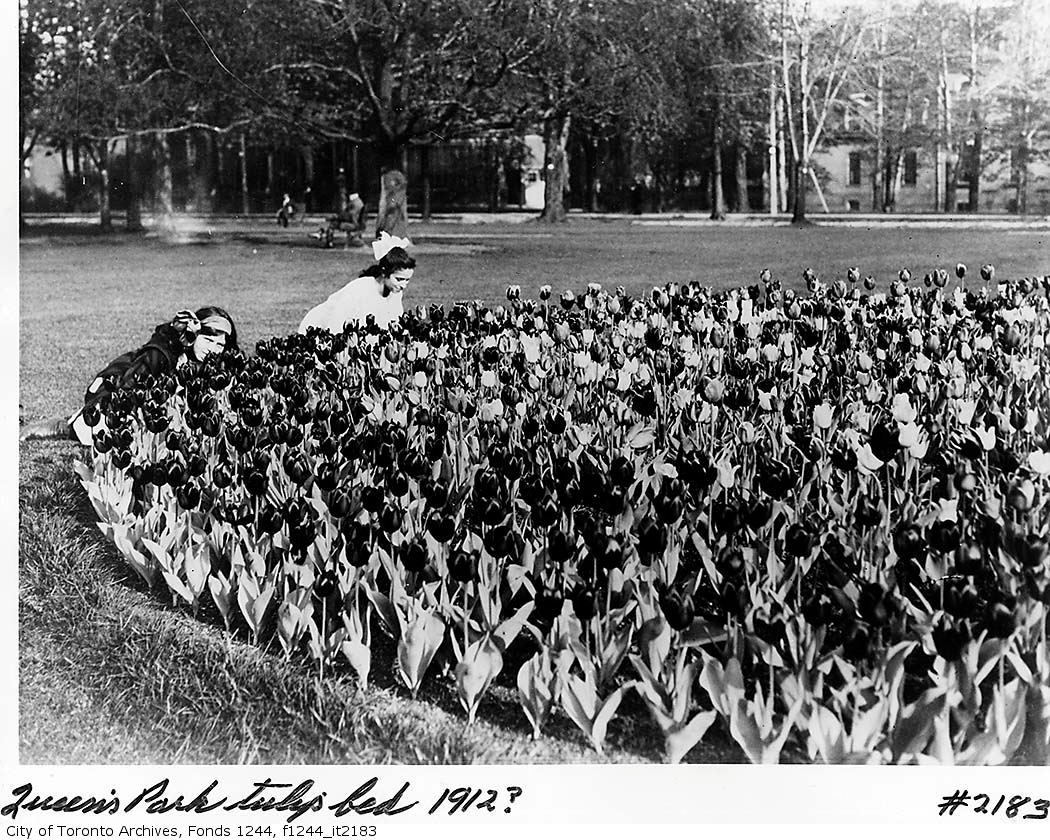
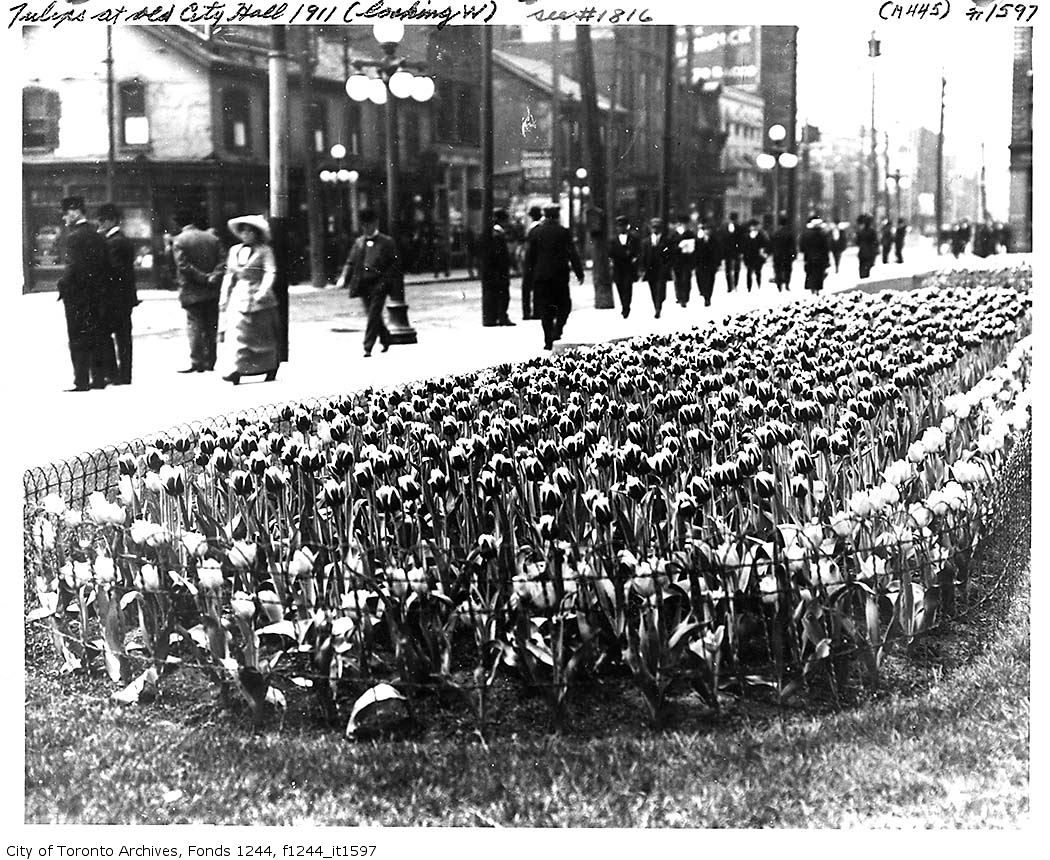
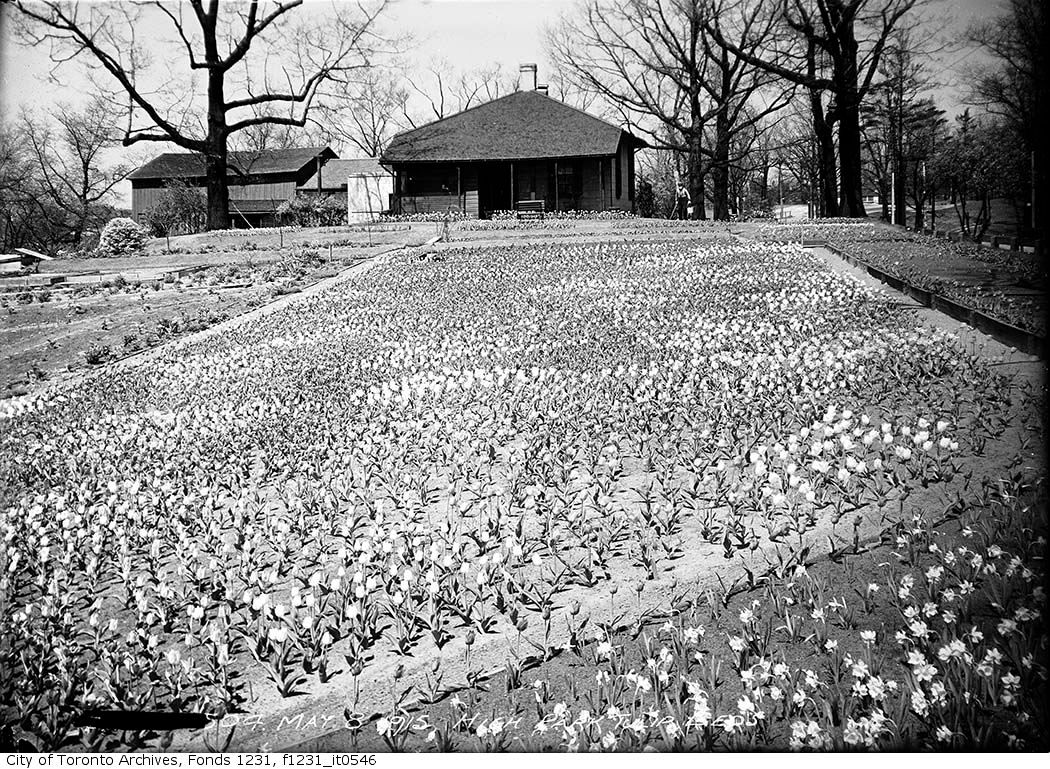
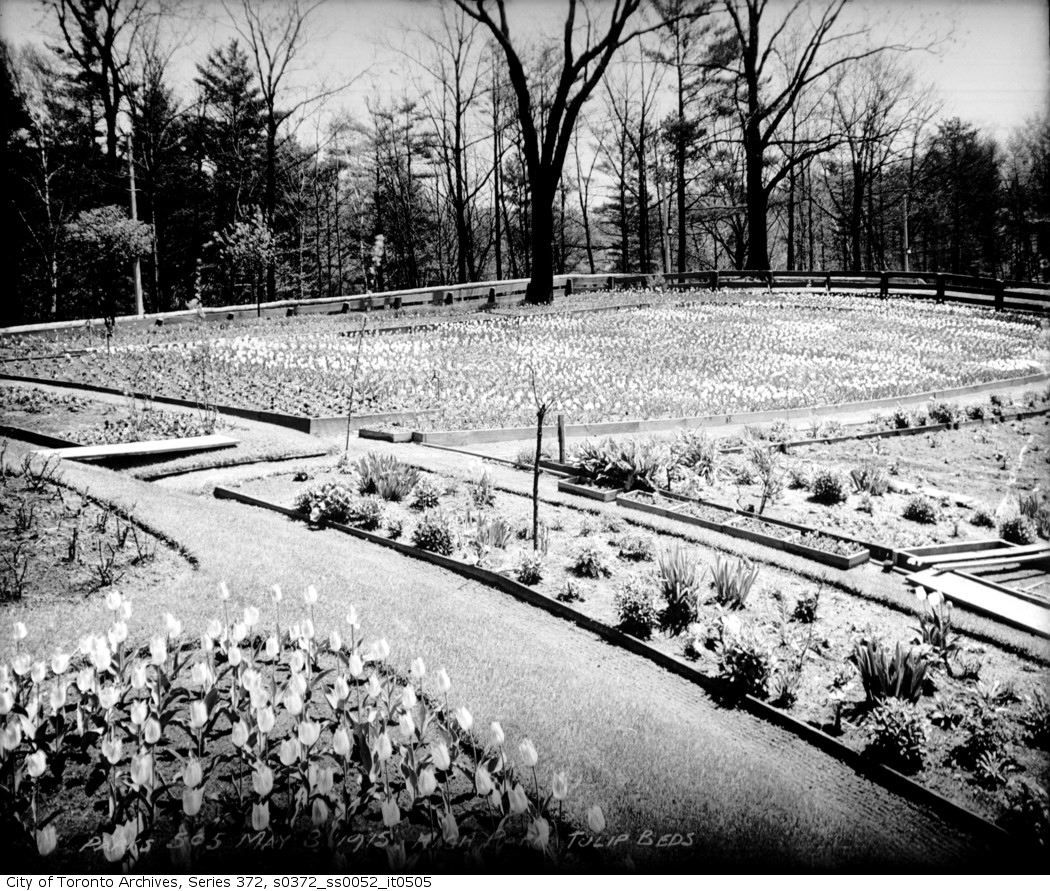
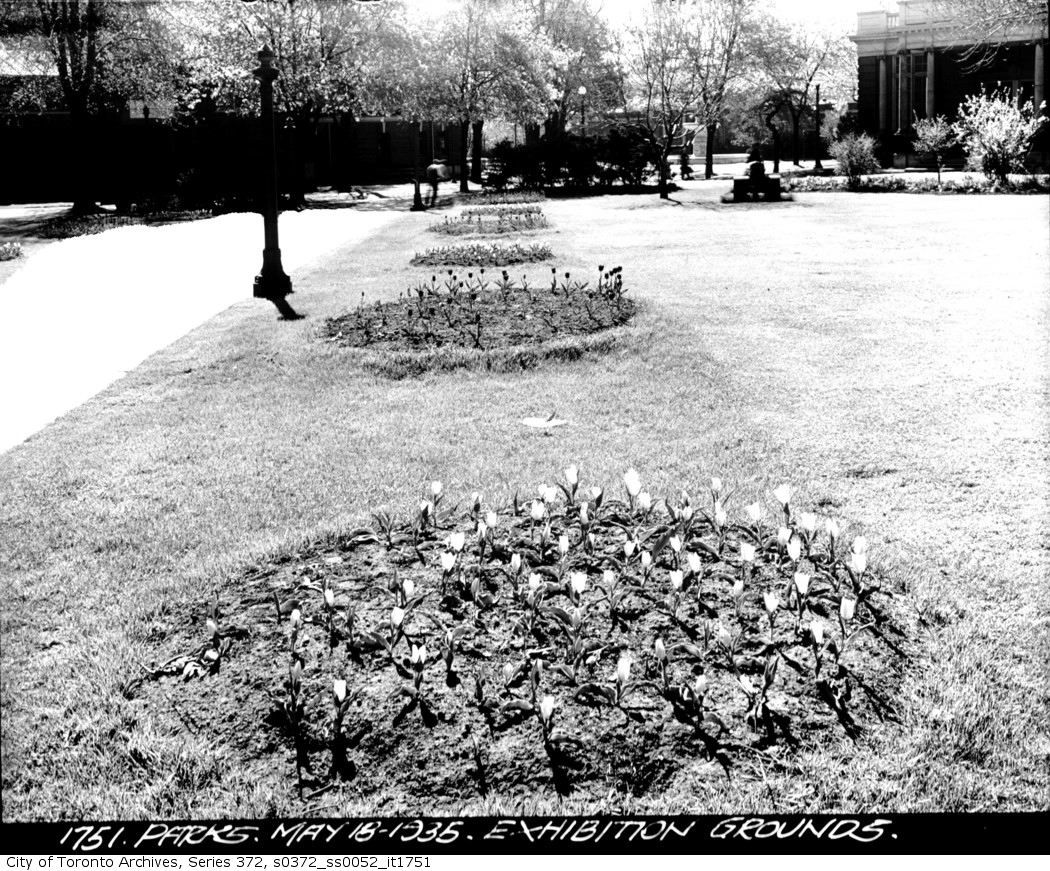
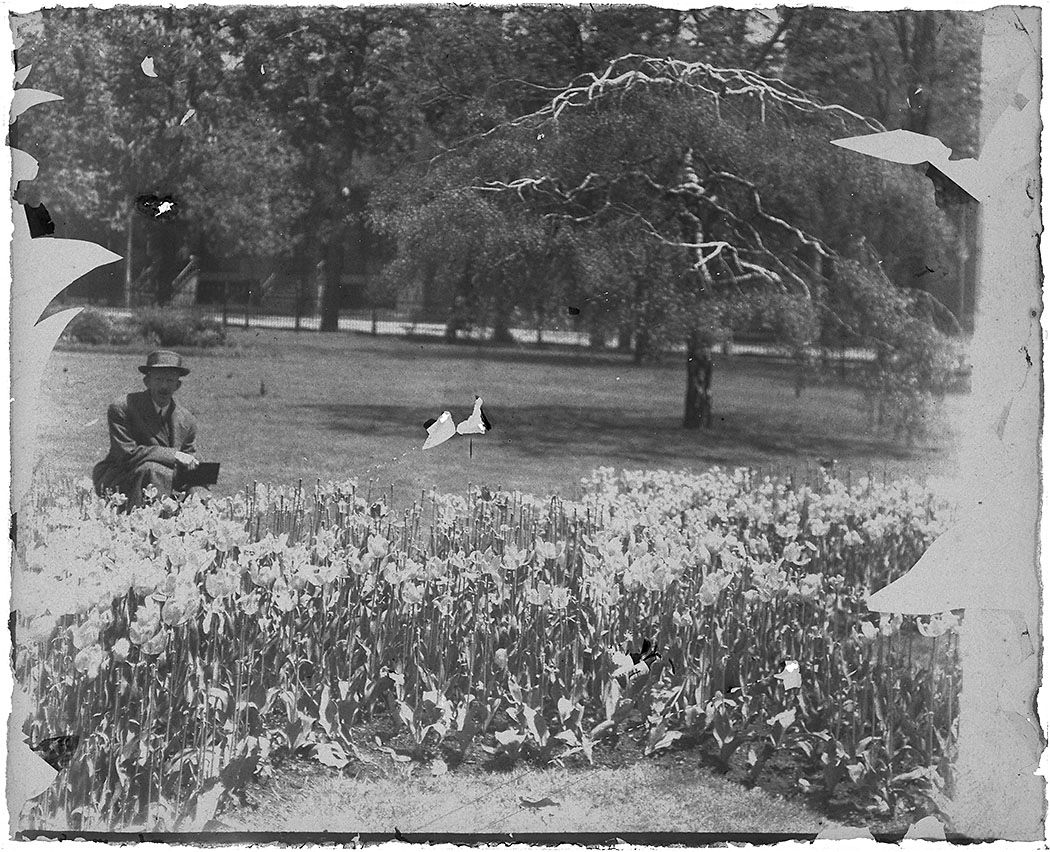
This is one instance where colour would work much better.
This is one instance where colour would work much better.
This is one instance where colour would work much better.
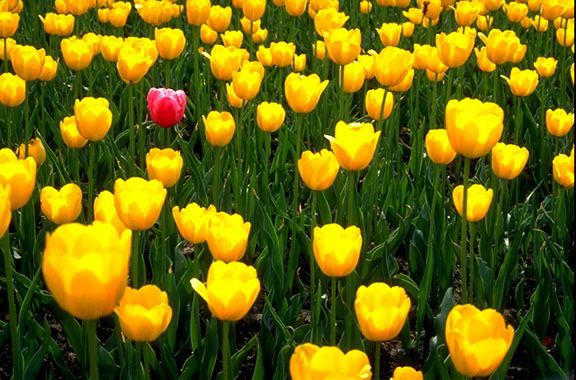
Spring is in the air:
Queens Park
May 8, 1915:

Of course, this is a bit of moot point. Kind of like wishing an early blues recording sounded more like a 48 track digital recording. The technology simply didn’t exist back then! The first modern color film, Kodachrome, wasn’t introduced by Eastman Kodak until 1935, and wasn’t widely used until the 1950’s.
Surprisingly, even after colour film was widely available, many photographers continued to prefer black and white. This is equally true in Hollywood, where colour had been in wide use since The Wizard of Oz in 1939. Twenty years later, in 1959, Alfred Hitchcock still preferred to shoot Psycho in black and white.
You’re right in a certain sense though, we ‘miss’ the colour more with images of nature, because the “colours of nature”: brilliantly hued flowers, bright blue skies, verdant green grass and trees, the colours of autumn etc, are the ‘source’ of our visual pleasure. We simply don’t associate the urban environment with colour in the same way.
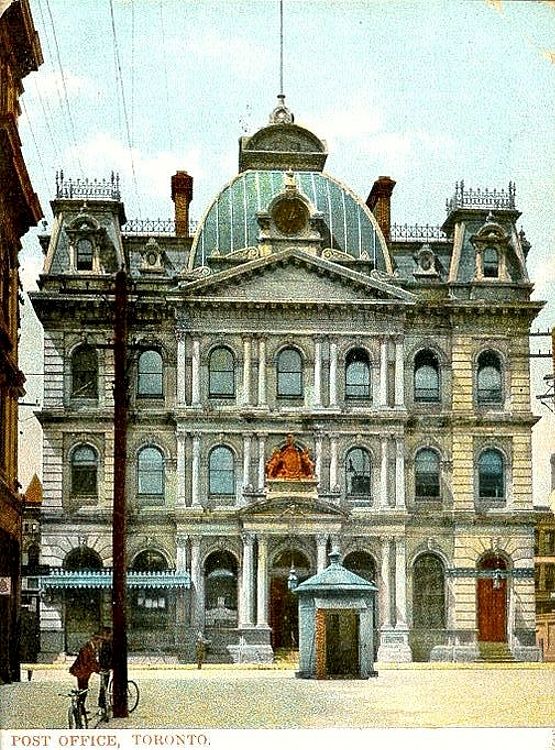

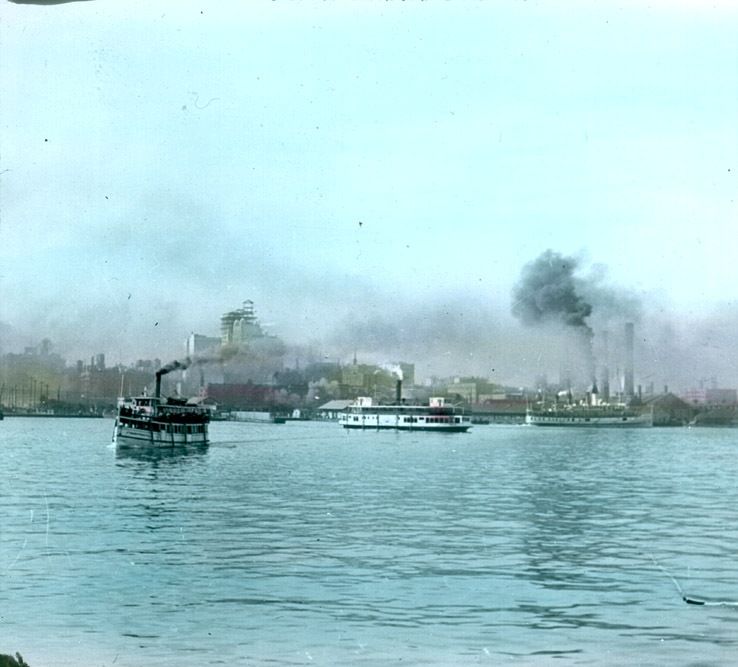
"Colour"?... Fret not. Goldie just sent me this . He hasn't titled it, but let's call it: "Not running with the herd."Goldie took this picture 30 years ago in Edwards Gardens.


That's eye-catching! I wonder how long it took to finish one of these hand-painted images.1895 glass lantern slide of Victoria College:

That's eye-catching! I wonder how long it took to finish one of these hand-painted images.




Spring is in the air:
















